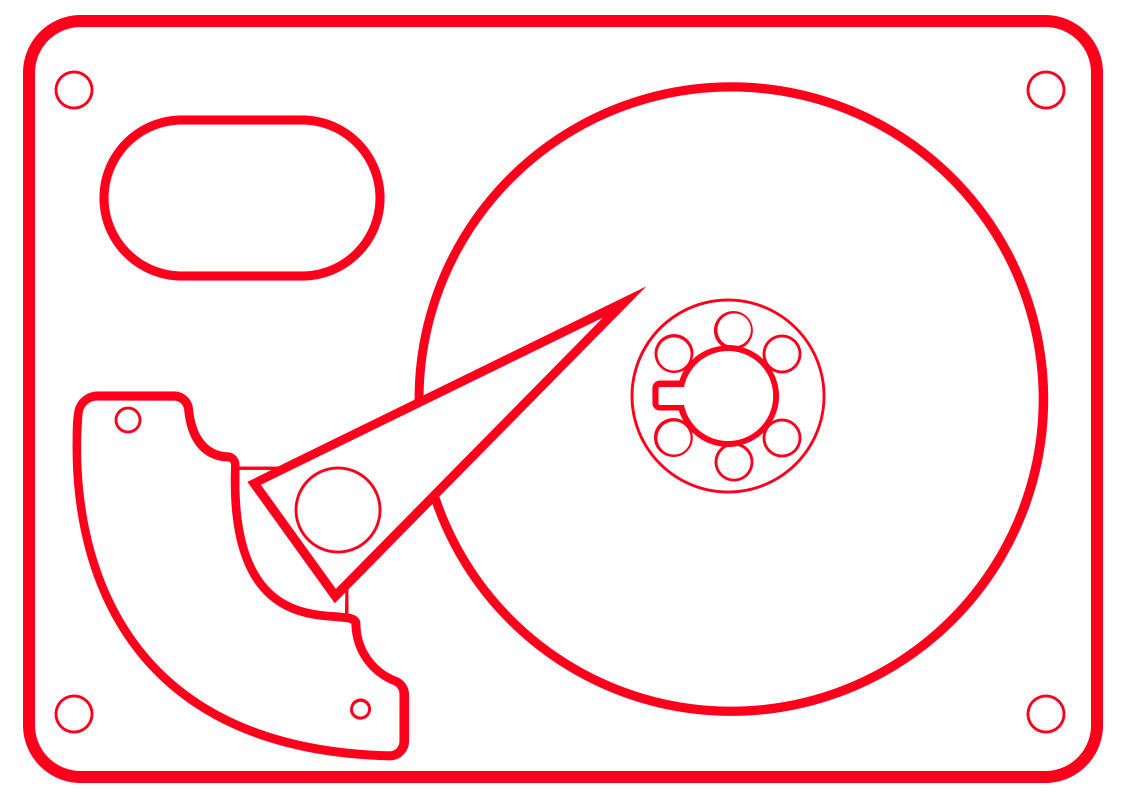With the price of external USB disks continuing to fall, they are becoming more popular than ever before. This makes them an excellent choice for storing music and videos alike as well as photos that you want on hand but don’t need stored locally – all without taking up too much space!
USB disks are often a safe bet when it comes to storing files, but they do come with some unique risks. The most obvious hazard is that you could drop or mishandle the disk – which would result in data loss! You might also face problems if your device experiences extreme heat/cold environments too much like moisture condensation on its surface (which can cause short circuits).
External hard disks are often used to store large amounts of data and can become damaged if they’re not properly ejected from your computer or power loss occurs suddenly. To avoid this risk, all major operating systems have an “eject” command that will prepare the drive for removal before physically removing it. If you disconnect a USB flash drive without waiting for the computer to eject it fully–it could lose some information stored inside! This loss of information can cause the computer to be unable to recognize the file system or you may see it as unallocated space (and therefore ask for formatting).
If your drive is not mounting due to being erased or disconnected before being ejected, The data on your disk may still be recoverable (even if it is invisible to the operating system). One of my favorite programs, R-Studio, will let you “see” this hidden information and use its advanced algorithms for analyzing sectors that have become unreadable due to corruption of files systems or an accidental formatting.
If this has happened to you, it may appear that the data on the disk has been completely wiped out or lost. However, in most cases, it hasn’t been. Some or all of your data may still be on the disk, albeit invisible to the operating system.
R-Studio is a data recovery utility that lets you “see” that data in ways that the operating system can’t. R-Studio can identify and analyze the contents of the damaged disk without relying on an intact file system. This allows you to recover your important data, even if the disk is damaged beyond readability.
The easiest way to recover from this type of situation is simply by following the steps that I will outline for you now.
But First, CAUTION
The data on your hard drive is important and needs to be saved. If you think there might have been some sort of physical trauma that caused damage, then it’s best not try fixing the problem yourself because doing so could make things worse for sure!
The signs that your disk has a physical failure include:
- A SMART utility warns of a severe hardware failure event.
- If your drive is making unusual noises, clicking, or taking a very long time to spin up and initialize, it might be a sign that your hard drive is starting to fail.
- The drive has been having trouble lately because of bad blocks that keep appearing.
- The device is not recognized by the system, or it has a strange or incorrect name.
All of the above situations involve hard drives with physical issues. These cases are best addressed by professionals with specialized equipment, software, and expertise in dealing with such situations. They have specific tools, programs, and most importantly the necessary abilities to work with such drives. R-Studio or other data recovery software will not assist you in these circumstances. Furthermore, any attempts to recover the hard drive by yourself without consulting with a professional can permanently damage the platters in your drive, making your data unrecoverable.
There are a few more broad suggestions before we get started. The first thing to remember is that when doing data recovery, it’s best to utilize the fastest interface available. Many USB drives include extra eSATA connections that are faster than even USB 3.0. Also, make sure you have enough space on your computer to save recovered files to.
You can accomplish most of these procedures in Demo mode. This will allow you to estimate your chances of recovering your files. If it appears that your files might be recovered, you may buy an R-Studio license and input the registration key on the fly without having to reinstall the program or restart the procedure.
To continue with recovering your data with R-Studio, please visit this page to see the up to date instructions:
